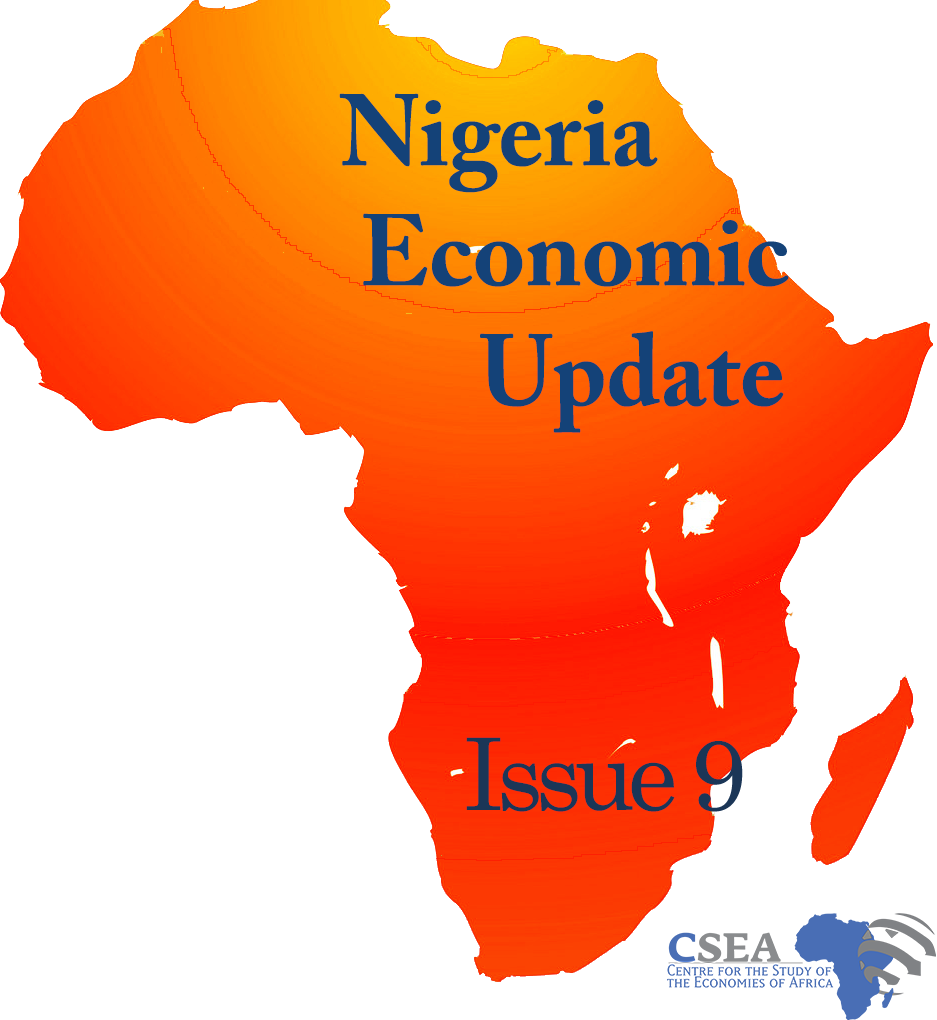By year-end 2018, the country recorded a total trade value of ₦32.3 trillion1, representing 39.3% increase over the corresponding period in 2017. The volume of total merchandise trade in 2018 is noted to be the highest since 2014, nearly double pre-recession levels. Export component grew by approximately 41%, from ₦13.6 trillion in 2017 to ₦19.1 trillion in 2018. Oil (crude and non-crude) is responsible for the most part of export growth in the review year and accounts for about 94% of total exports. Agriculture and manufacturing sector exports also recorded a boost, rising to ₦302 billion and ₦645.7 billion respectively. Similarly, imports rose by 37.5% to ₦13.2 trillion. With exports exceeding imports, the current account balance of trade improved to ₦5.9 trillion in 2018. To further boost Nigeria’s current account position going forward, supply-side policies to improve the efficiency and competitiveness of domestic industries, and thus exports is crucial.
Macroeconomic Report & Economic Updates

March 21, 2019
Nigeria Economic Update (Issue 9)
By year-end 2018, the country recorded a total trade value of ₦32.3 trillion1, representing 39.3% increase over the corresponding period in 2017. The volume of total merchandise trade in 2018 is noted to be the highest since 2014, nearly double pre-recession levels. Export component grew by approximately 41%, from ₦13.6 trillion in 2017 to ₦19.1 […]
Read →
Related
FDI, FPI And Other Investments
FDI, FPI and other Investments: Portfolio investment has continued to fall rapidly since 2014, while FDI inflows remain subdued since 2010
Nigeria Economic Review
This report provides an evidence-based analysis
of the state of the Nigerian economy in a bid to inform economic policies
in Nigeria. The report presents some analyses of significant economic events in
Nigeria within the period, and provides an outlook on what policymakers,
businesses, and individuals should expect in subsequent quarters of 2016. It also provides valuable insights
into potential drivers of the economic trends and outlines expectations for
subsequent quarters of the year. The area of focus are Global Economic
Performance, Domestic Economic Performance, External Sector Performance, and
Sectoral Performance.
